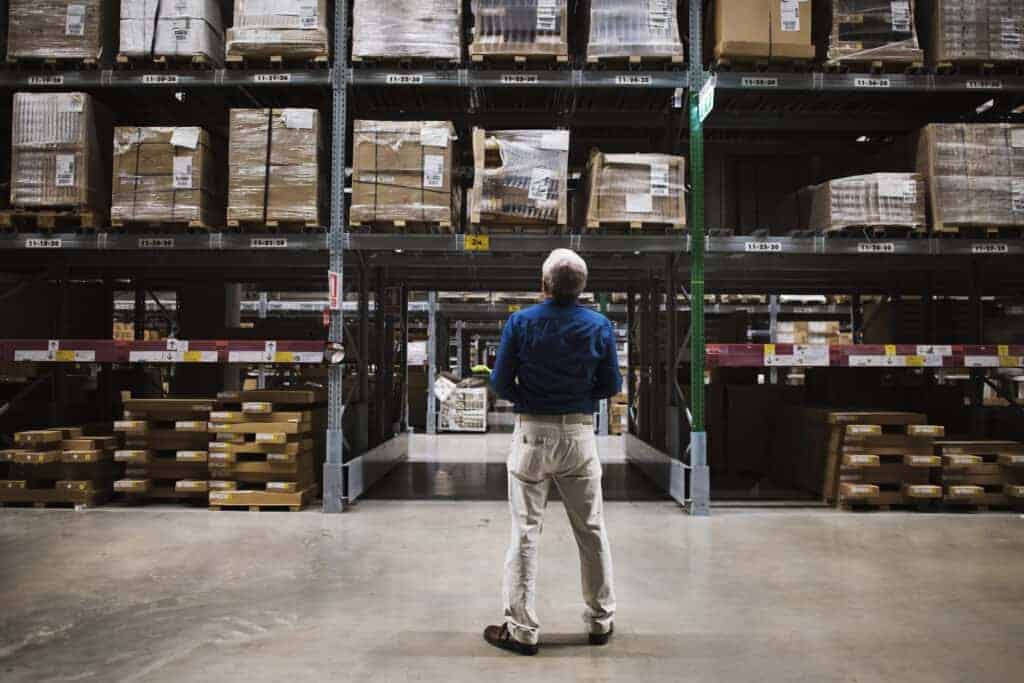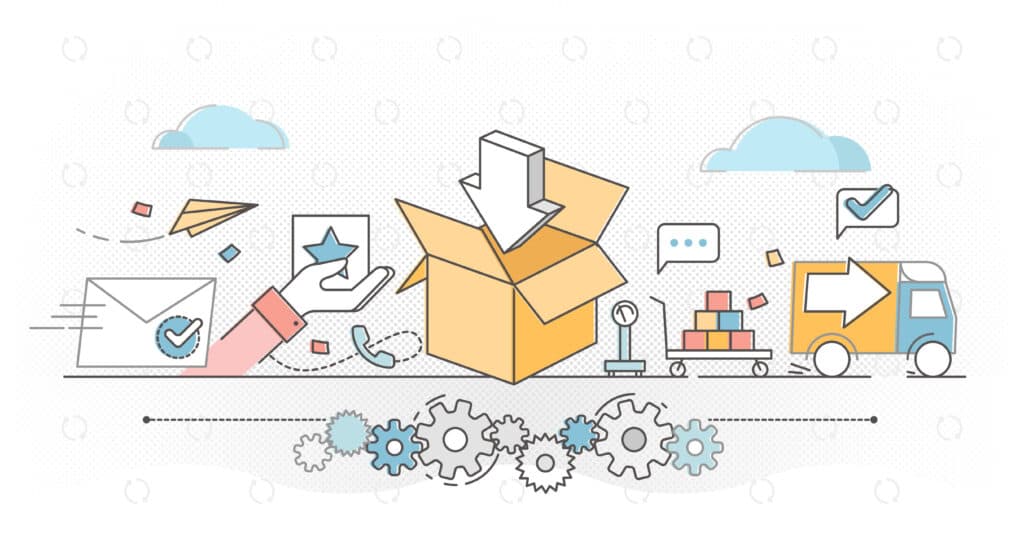Understanding retail order fulfillment process
A guide to e-commerce strategy and profit
This year our economy has taken a deep dive into the red with little sign of recovery for businesses due to the global pandemic crisis. Retail storefronts have taken the worst hit and continue to struggle with little financial support.
In order to keep their heads above water, many brick and mortar merchants have turned to selling products online. Although a burgeoning opportunity, some business owners haven’t the slightest clue how to transition to e-commerce. So before you go creating that online store, let’s get your ducks in a row first.
In this blog, we’ll break down the process of online order fulfillment and provide insight to help you become profitable as you navigate the digital world in this new venture. Really, it all comes down to order fulfillment process and strategy.
WHAT IS ORDER FULFILLMENT?
Order fulfillment is the comprehensive process of receiving, processing, packing, picking and shipping an online order to consumers. Merchants using third parties to complete these steps have greater success in customer loyalty and satisfaction, staying competitive. This is because third parties can provide greater efficiency, faster delivery times and lower shipping costs.
The process involves; warehousing, picking, packing, shipping and tracking products.
HOW DO YOU DETERMINE YOUR ORDER FULFILLMENT STRATEGY?
While there isn’t a one-size-fits-all strategy, there are some key elements to consider for your online store or marketplace. The most common fulfillment methods include outsourcing to a third-party logistics provider (3PL), using merchant fulfillment or deferring to dropshipping.
Third party logistics providers streamline and automate business operations such as inventory management, managing packaging, shipping, delivery and returns. Businesses often turn to 3PLs for better optimization as their business grows and everyday tasks become costly, complex or timely to manage in-house. Ultimately, merchants seek this expertise when tasks become unmanageable and they no longer have the bandwidth or space to fulfill orders productively.
As your business grows so should your sophistication. Without a 3PL at the right time, your business could take a financial hit. It’s critical that direct to consumer (DTC) brands have a solid retail order fulfillment process that ensures customer satisfaction. The goal is to ship orders as efficiently as possible.
6 CRITICAL STEPS FOR RETAIL FULFILLMENT:
The retail fulfillment process is a crucial part of supply chain management as far as making sure orders are delivered on time. The process should include the following steps:
Receiving new inventory
- As you sell products you’ll need to replenish inventory and with e-commerce, your consumer reach is far greater than with storefront shoppers. This makes managing and anticipating quantities more difficult. A 3PL provides organization, infrastructure and software necessary for the smoothest transition from product purchase to delivery.
- After inventory storage is done, orders can start being fulfilled as part of warehousing. In this phase you must keep an eye on inventory levels to ensure products don’t sell out before you can get more in supply.
- Picking items is part of the process following an order placement. At this point the order is processed in a queue and a picking list is generated. Products can at this point be picked to fulfill orders.
- Orders can be packaged once they are picked. Depending on the product type you may use a box or a poly mailer along with appropriate packaging materials such as bubble wrap to protect products.
- Finally it’s time to ship the order. Make sure to take note of the promised ship and delivery dates to the consumer. This is especially important if you’re offering same-day shipping!
- Part of business is that sometimes and for different reasons, you’ll receive product returns. Your business should be set up to process returns efficiently when this happens. A 3PL can help you manage returns and exchanges, alleviating costs and related issues.

understanding the Fulex ecommerce fulfillment process
CHOOSING THE BEST FULFILLMENT CENTER LOCATION
Selecting a fulfillment center that’s strategically located near customers helps ensure timely order arrival and improves their experience. You can also reduce shipping costs using shipping zones. 3PL services from Fulex gives you the opportunity to split inventory across multiple fulfillment centers across the nation. This helps you cater to more consumers more efficiently than paying for a single warehouse.
Retail order fulfillment is complex. Whether you’re business is expanding or just starting out, software is key for seamless integration with an online store.
When it comes to shipping, consumers today expect to receive orders within a 48-hour window thanks to Amazon. Small online retailers can compete by having strategically-located distribution centers that reduce delivery times and shipping costs.
MAKING YOUR BUSINESS MORE PROFITABLE
3PLs allow merchants to focus on selling their products, while fulfillment centers like Fulex get products picked, packaged and delivered to consumers. Benefits of working with a 3PL include experience, specialization and optimization using better technology and supply chain logistics. With a 3PL your business can scale and grow faster. If you’re struggling with high shipping costs, lack of resources or slow order deliveries, visit Fulex and see what we can do to make your business more profitable.
